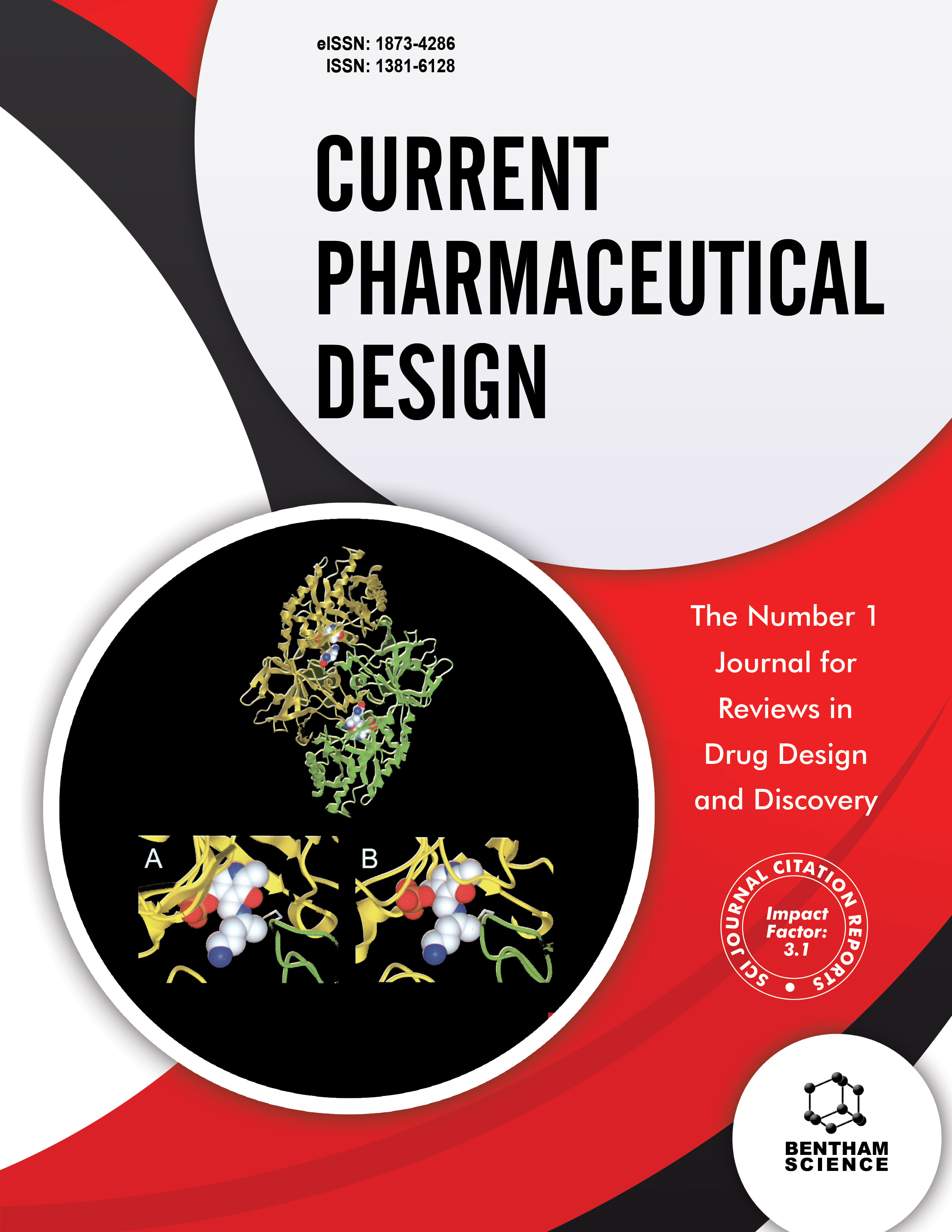-
oa Editorial [Hot topic: Models and Evolution of Inflammatory Activities (Executive Editor: Giuseppe Scapigliati)]
- Source: Current Pharmaceutical Design, Volume 16, Issue 38, Dec 2010, p. 4159 - 4159
-
- 01 Dec 2010
- Previous Article
- Table of Contents
- Next Article
Abstract
Since its discovery, inflammation has been considered a byproduct of pathological situations and of immunological responses. However, mounting experimental evidences suggest that inflammation can be a cause of certain pathologies, and in this respect it should be regarded as a target of immunophysiological studies. Moreover, inflammation-like processes are common to all multicellular organisms investigated, thus dating back their origins at more than a billion of years ago, and could be driven by a pool of molecules sharing common evolutionary origin. Inflammatory activities may result in devastating pathologies and, consequently, studies on different aspects and on different animal models may increase the knowledge on common cellular and molecular activities. Accordingly, these common activies could be a target for pharmacological and immuno-pharmacological studies to be performed with updated experimental approaches. In this respect, this issue of Current Pharmaceutical Design has been focussed in collecting review papers describing current knowledge on inflammatory activities in key animal models and man. Where necessary, some of presented works are supported by original research result. The issue has been arranged in 8 contributions, for invertebrate model species Ottaviani et al. [1] describe the set of molecules and cell types involved in inflammatory activities in molluscs, whereas Jiravanichpaisal et al. [2] describe crustacean inflammatory activities, with emphasis on hematopoiesis for hemocyte recruitment to infection site and the gut as an important route of infection in arthropods. For vertebrate model species the fish play a pivotal role, being the oldest vertebrates having a physiological body plan for innate and acquired immune reponses conserved in all vertebrates. For fishes, Novoa et al. [3] review on gene expression studies describing the host innate immune response, concentrating upon the inflammatory response and its relationship toward anti-viral immunity in some fish species, whereas Zou et al. [4] summarizes recent progresses in pattern recognition receptors (PRRs), molecular triggers of inflammation involved in anti-viral responses. In the carp, Wiegertjes and Forlenza [5] review, for both host and parasite, the role of oxygen and nitrogen radicals in the induction of nitrosative stress as well as the importance of antioxidant compounds for protection against these radicals. More related to immuno-pharmacology studies, Costantini et al. [6] describe the structural analysis of three pro-inflammatory molecules conserved among Vertebrates, drawing the attention on invariant and variable molecular domains involved in the binding of respective cellular receptors. Regarding man, recent data suggest that inflammation plays a fundamental role in neurodegenerative processes and, in this respect, the review of Bossu et al. [7] describes the involvement of pro-inflammatory cytokines in Alzheimer disease pathology. Another important aspect related to inflammation in man is the gastric inflammation induced by the bacterium Helicobacter pilori, that may evolve toward chronic gastritis, peptic ulcer, gastric mucosa-associated lymphoid tissue lymphoma, and gastric cancer, and the knowledge on this has been review by Ruggiero [8]. Concluding, the aim of this issue of Current Pharmaceutical Design has been to collect and present the current knowledge on comparative inflammatory activites.


